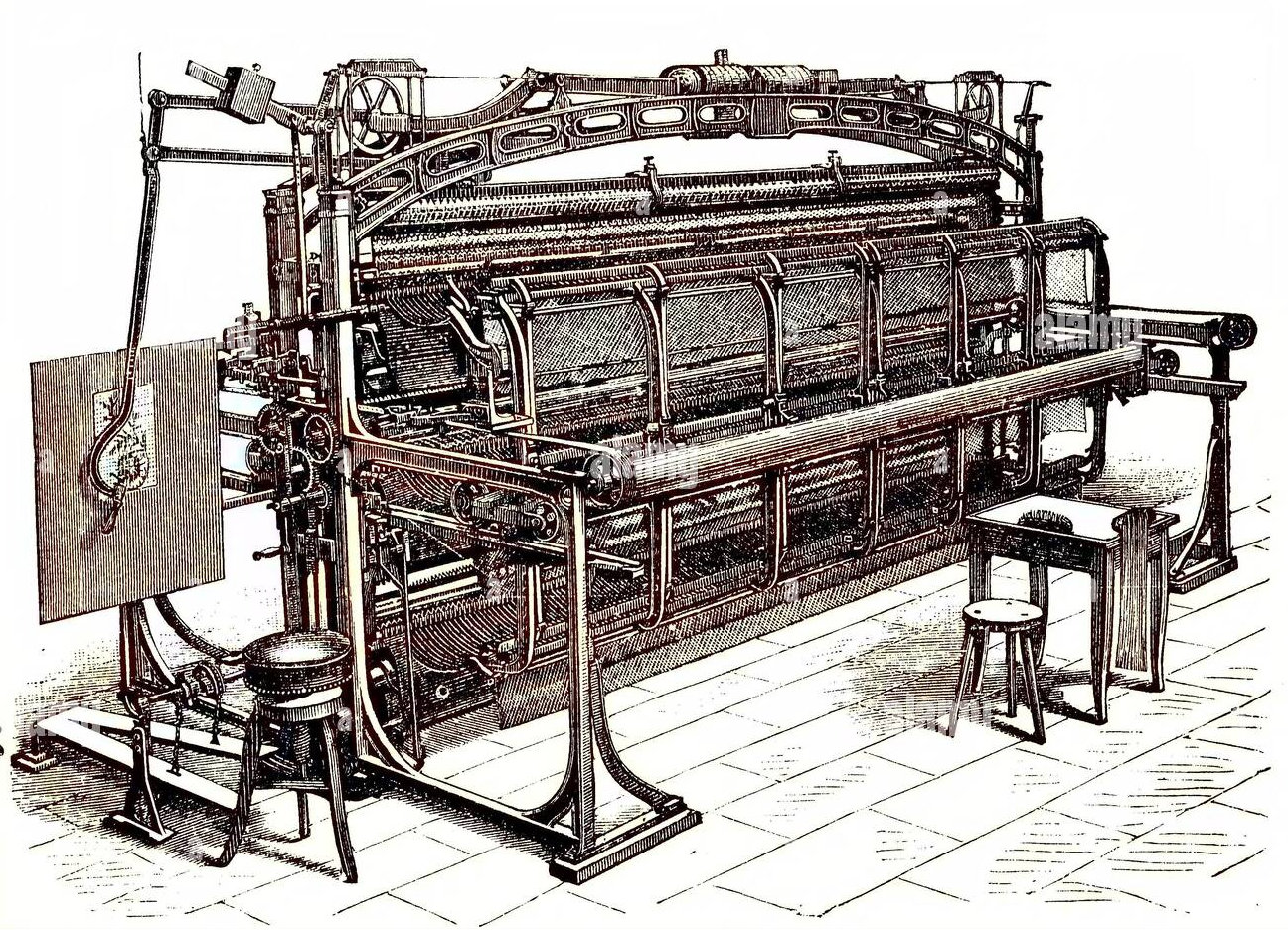The invention of the knitting machine revolutionized the textile industry, bringing speed, consistency, and creativity to what was once a slow and manual craft. But who came up with this brilliant idea, and how has the knitting machine changed with time? Let’s take a deep dive into its origins, development, and current use in modern manufacturing.
Who Invented the Knitting Machine?
The first knitting machine was invented in 1589 by an English clergyman named William Lee. Frustrated by how long it took his wife to knit by hand, he created a mechanical device called the “stocking frame”. This device could produce knitted fabric much faster than hand knitting and is considered the world’s first knitting machine.
Despite his groundbreaking invention, Lee struggled to gain support in England, as Queen Elizabeth I denied him a patent. She feared the machine would take away jobs from hand knitters. Eventually, Lee took his invention to France, where it gained popularity.
How Knitting Machines Have Changed Over the Years
Knitting machines have undergone major transformations since Lee’s original stocking frame:
1. 19th Century: Industrial Revolution
The industrial era brought steam-powered and later electric-powered machines. Factories started using circular knitting machines, which produced tubular fabrics much faster than flat-bed models.
2. 20th Century: Automation and Speed
With technological advances in motors, sensors, and automation, knitting machines became faster and more efficient. The introduction of jacquard mechanisms allowed complex patterns to be created without manual labor.
3. Modern Era: Computerized Knitting
Today’s knitting machines are fully computerized, capable of producing everything from sweaters to socks to technical textiles. Brands like Bharat Machinery, Stoll, Shima Seiki, and Brother offer models that can follow digital patterns with extreme precision. Some machines can even knit 3D seamless garments in one piece, eliminating waste.
Are Knitting Machines Still Manufactured?
Yes, knitting machines are still manufactured and widely used in the textile and fashion industry. In fact, demand is growing due to the rise of sustainable fashion and on-demand production. Companies use these machines for:
- Mass production of garments
- Custom-fit knitwear
- Sportswear and performance fabrics
- Technical textiles for medical or industrial use
Even for hobbyists, home knitting machines are available from brands like Silver Reed, Addi, and Sentro. These are often used by small businesses, designers, or DIYers.
How Does a Knitting Machine Work?
At its core, a knitting machine uses needles and yarn to form interlocking loops that create fabric. Here’s a simplified breakdown:
- Needles (either latch-hook or spring-type) are arranged in rows or circles.
- Yarn is fed into the machine through tensioning devices.
- The machine’s carriage or cylinder moves across the needles, allowing them to catch the yarn and form stitches.
- The result is a continuous piece of fabric, with patterns, ribbing, or shaping depending on machine settings.
Different types of machines (flat-bed, circular, rib, interlock) are used depending on the kind of fabric or garment being made.
Final Thoughts
From a 16th-century invention to a modern-day marvel of textile engineering, the knitting machine has come a long way. Its evolution reflects not only technological progress but also how we continue to merge creativity with efficiency. Whether you’re in the fashion industry or just curious about how your clothes are made, the knitting machine’s journey is a fascinating stitch in the fabric of history.



One Reply to “Who Invented the Knitting Machine? How It Has Evolved Over the Years to 2025”